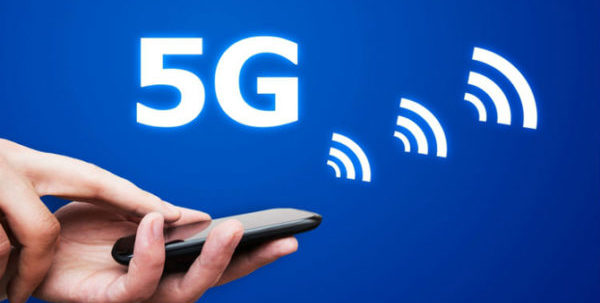Telecom experts are going so far as to herald the arrival of 5G as the advent of the fourth industrial revolution. There are an ever-expanding number of high-tech devices out there trying to connect to the internet every day, many of which require extensive bandwidth, and companies across the board will leverage 5G capabilities to better reach consumers.
“The application of 5G technology will result in massive changes for both consumers and enterprises,” said Jeff Weisbein, founder and CEO of digital media company Best Techie. “5G networks will offer consumers incredible broadband speeds at home (up to 20Gb/s). It will also enable companies to make advancements such as even smarter, better connected cars, advancements in medical technologies and improved retail experiences through personalization.”
Read: Report: Expected 4G vs 5G global penetration by 2025
5G refers to 5th-Generation Wireless Systems and uses additional spectrum in the existing LTE frequency range to build on the capabilities of 4G, which is often used interchangeably with 4G LTE by marketers. LTE denotes Long Term Evolution, and is a term that was deployed with early 4G networks that presented a substantial improvement on 3G, but did not fully qualify as 4G, meaning 4G LTE is essentially first-generation 4G.
“Through a combination of high speeds, massive bandwidth and super low latency, 5G will allow for improvements in AR, VR, robotics, cloud gaming, immersive education, healthcare and more,” said John O’Malley, a spokesperson for Verizon. “It will allow you to send so much more data so much faster and technology will be more responsive.”
We’ve briefly covered in the past how 5G could change the marketing landscape, but how exactly can we expect 5G to differ from its predecessors?
Improved precision
5G uses unique radio frequencies that are higher and more directional than those used by 4G. The directionality of 5G is important because 4G towers send data all over, which can waste power and energy and ultimately weaken access to the internet. 4G networks use frequencies below 6 GHz, while 5G will use much higher frequencies in the 30 GHz to 300 GHz range.
The larger the frequency, the greater its ability to support fast data without interfering with other wireless signals or becoming overly cluttered.
5G also uses shorter wavelengths than 4G, which means antennas can be shorter without interfering with the direction of the wavelengths. 5G can therefore support approximately 1,000 more devices per meter than 4G. On 5G, more data will more quickly get to more people with less latency and disruption to meet surging data demands.
5G networks can also more precisely understand the data being requested and can self-modulate power mode (low when not in use or high when you’re streaming HD video, for example), generally making devices more user-friendly.
Low latency/more bandwidth
With 5G, it takes less time for the signal to travel, which translates to low levels of latency. “We’re talking latency of a millisecond on 5G networks,” said O’Malley. Pages will load much faster, allowing for a significantly greater immersive experience, particularly in the realms of VR and AR.
Video sharing on social media mushroomed with the arrival of 4G/LTE, and will continue to escalate across all apps and services with the coming of 5G.
“Video now makes up more than half of our mobile data traffic,” said Mo Katibeh, CMO, AT&T Business. “Our video traffic grew over 75 percent and smartphones drove almost 75 percent of our data traffic in the last year alone. ‘Viral videos’ and ‘binge watching’ are part of the cultural lexicon now.”
“Technologies such as AI and machine learning offer great potential, but require high bandwidth and low latency to achieve optimal performance,” said Katibeh. “The same is true for technologies like virtual reality and augmented reality, which can offer a customer experience like nothing before.”
Source: AdWeek

